When U.S. Marines stormed ashore on the island of Iwo Jima on February 19, 1945, American involvement in World War II was in its fourth year.
A bloody campaign of island hopping across the Central Pacific and jungle fighting through New Guinea, the Philippines, and the China-Burma-India Theater to the south and west had seen the tide turn in favor of the Allies. Still, it was apparent to all that many months, perhaps years, of difficult, costly fighting lay ahead before a final
victory over Imperial Japan could be achieved. The American people, and indeed peoples around the world, mourned their lengthening casualty lists. Meanwhile, Allied armies were squeezing the Nazis in a vise of steel from both east and west. In less than three months, the war in Europe would be over. No such promise of a near-term conclusion to hostilities in the Pacific existed. The daunting prospect of an invasion of the Japanese home islands loomed somewhere in the future.
The capture of Iwo Jima, a pork chop- shaped spit of land only 750 miles south of Tokyo, was deemed critical to the U.S. strategic bombing campaign against Japan. Boeing B-29 Superfortress bombers, laden with incendiary bombs and flying from bases in the Marianas, rained destruction on Japanese cities. An airstrip on Iwo Jima would serve as a haven for crippled bombers returning from raids on Japan, and the lives of thousands of airmen would be saved. Further, the island could serve as a forward staging area for the invasion of Japan.
Mount Suribachi, 546 feet high, dominated the island and presented a formidable defensive position. Four days after the Marines landed on Iwo Jima, a patrol reached the summit of Suribachi and raised a small U.S. flag there. Associated Press photographer Joe Rosenthal was not so sure that a trek up Suribachi would be a worthwhile exercise since a flag had already been raised. Besides, Japanese snipers still lurked in caves and spider holes. A decade after the landings, though, he wrote that he decided to go up and see what he could.
Rosenthal, who passed away last August at the age of 94, had made a momentous decision. When he reached the summit, the raising of a second, larger flag was in progress, and Rosenthal captured on film a moment that defined the courage and fortitude of the U.S. Marine Corps and the will of a nation to see the war through to final victory.
“Out of the corner of my eye, I had seen the men start the flag up,” Rosenthal remembered. “I swung my camera and shot the scene. That is how the picture was taken, and when you take a picture like that, you don’t come away saying you got a great shot. You don’t know.”
The famed photograph of the flag raising on Mount Suribachi stirred the hearts of Americans and provided Admiral Chester W. Nimitz, commander of U.S. naval forces in the Pacific, with a fitting backdrop to his comment that at Iwo Jima “uncommon valor was a common virtue.”
The Rosenthal photo was later immortalized in sculpture and dedicated in 1954 as the U.S. Marine Corps War Memorial adjacent to Arlington National Cemetery in Virginia. Not only does the memorial pay tribute to the Marines of Iwo Jima, but the names of engagements in which the Marines have participated since colonial times ring the base of the monument.
In 1999, a New York University survey listed the flag-raising photo at number 68 on the list of the 100 best examples of journalism in the 20th century. The late Joe Rosenthal, however, thought a great deal less of his own accomplishment and remembered the bravery of those who fought in the name of freedom.
“What I see behind the photo is what it took to get up those heights,” he said years later, “the kind of devotion to their country that those young men had, and the sacrifices they made. I take some gratification in being a little part of what the U.S. stands for.
Mike Haskew




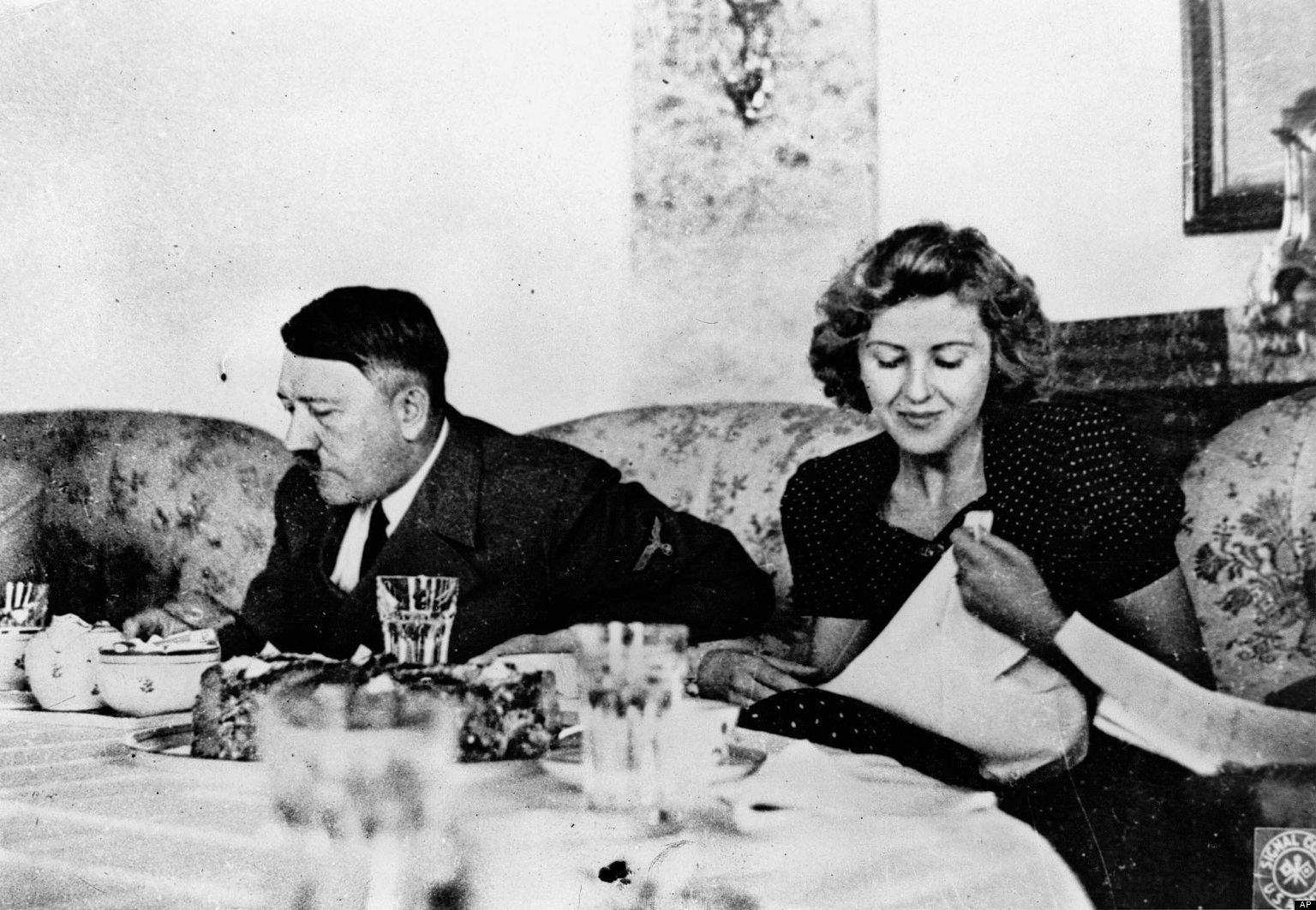
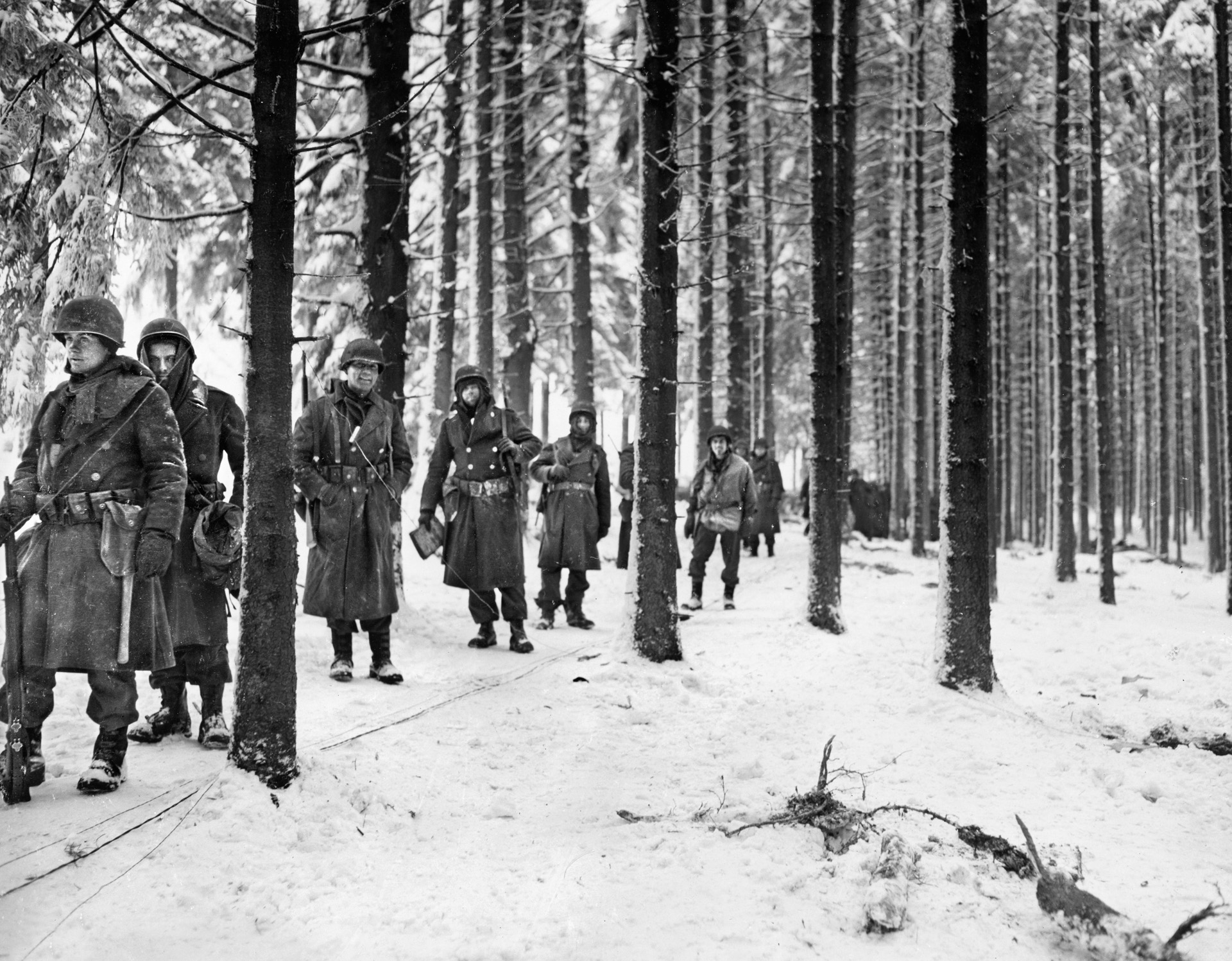
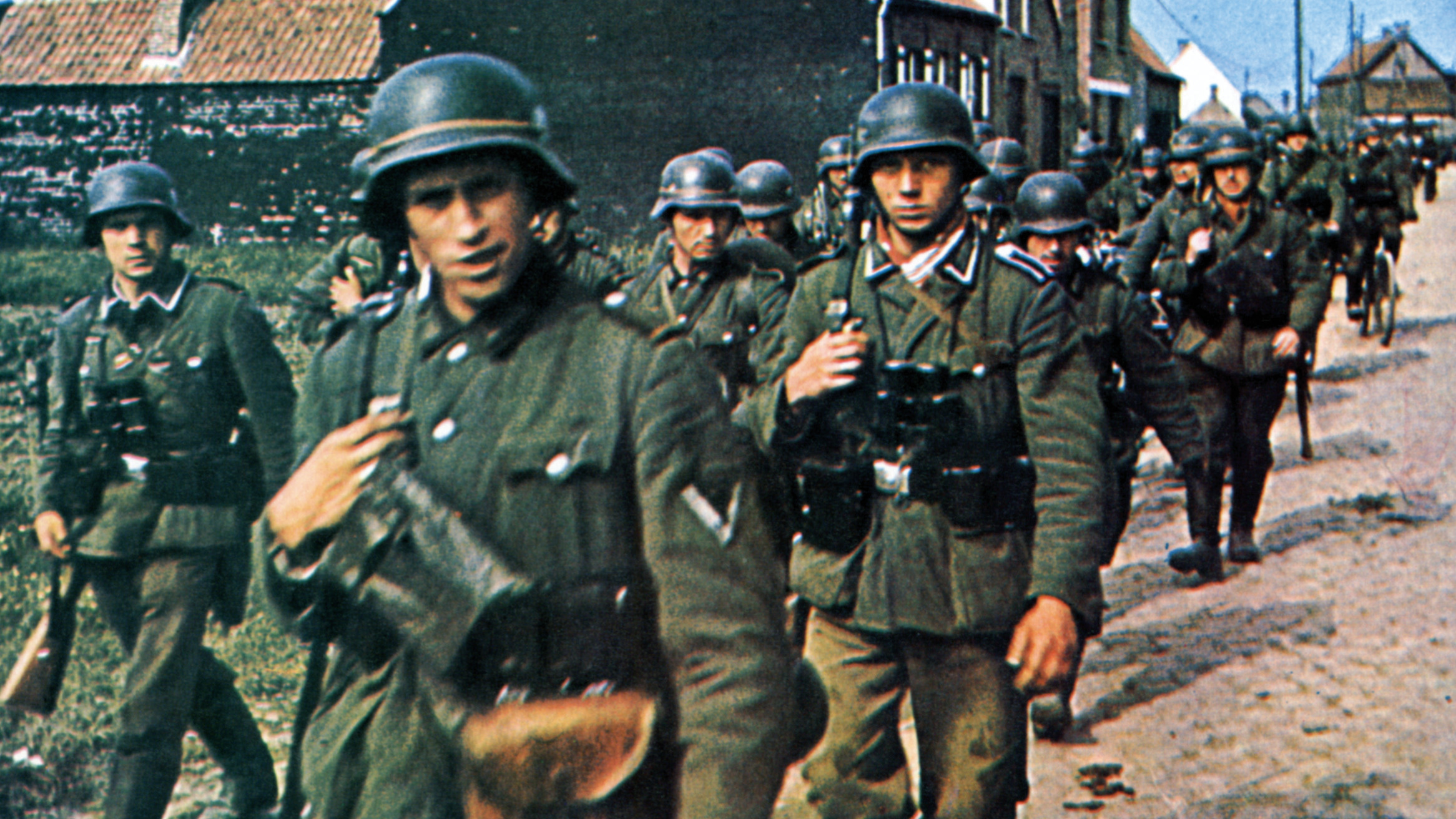
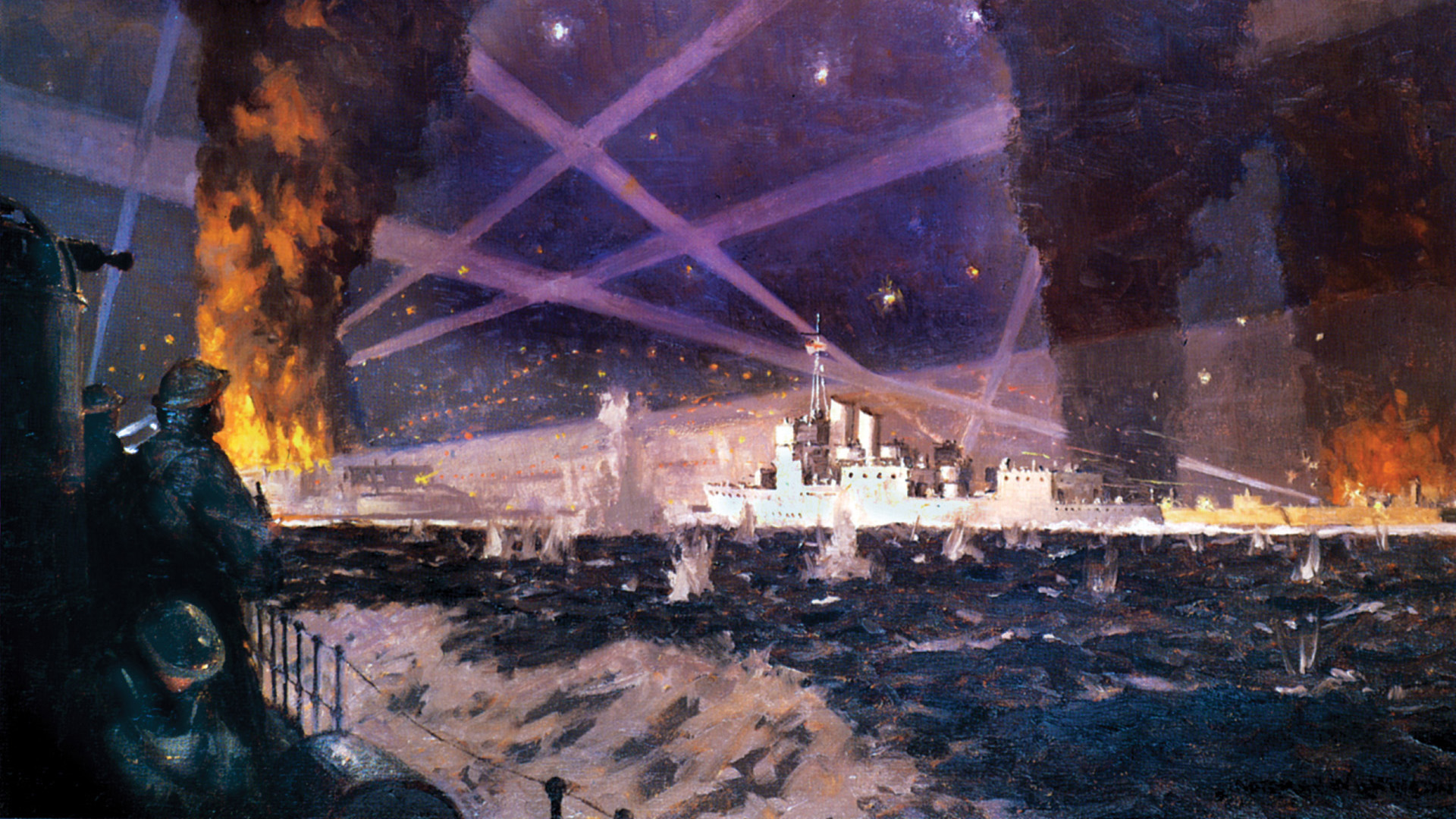
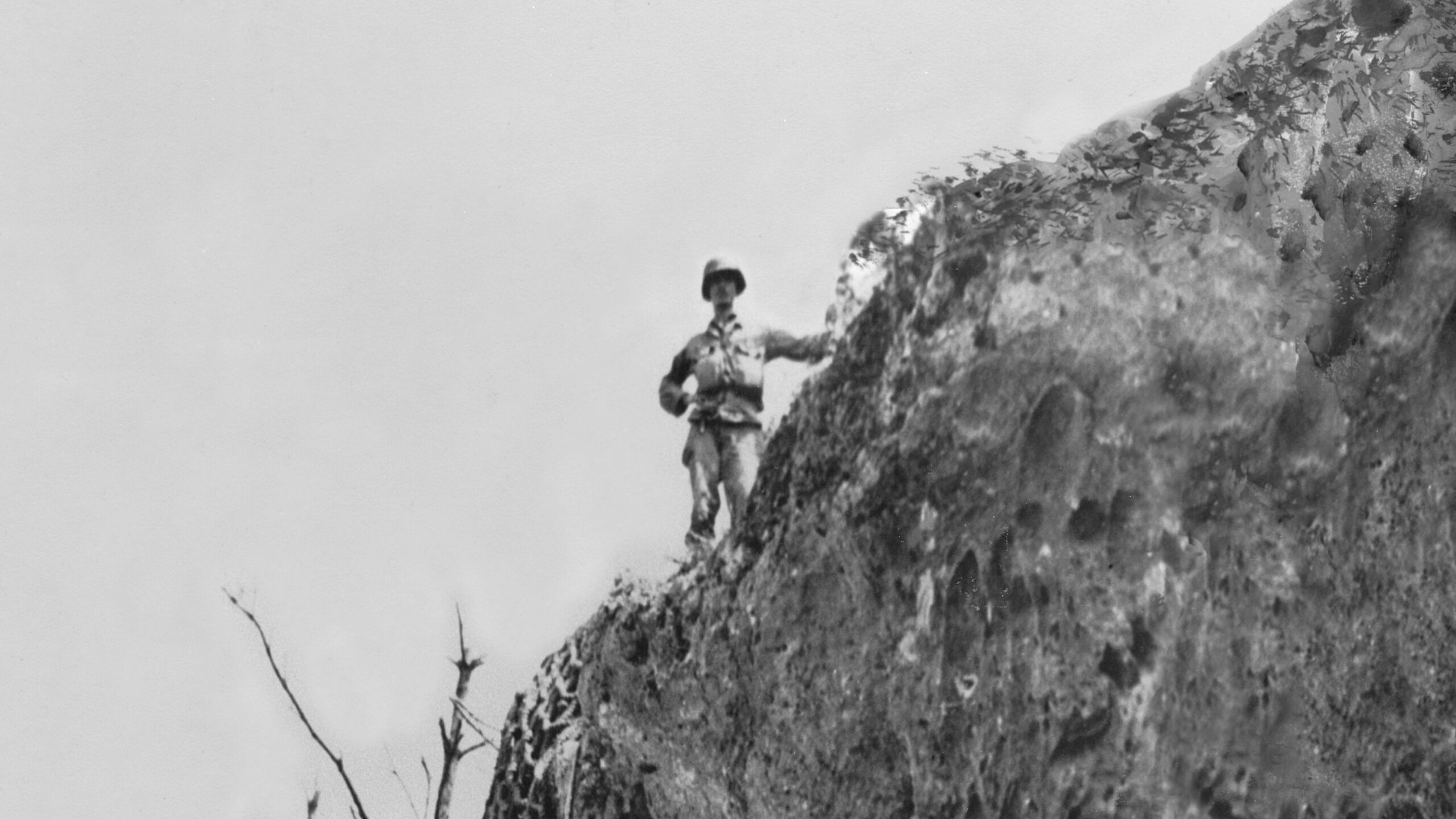
This is what the US can do so well. It was a great effort by your Marines, and we in Australia will be forever grateful !!
Thank you.
Denis Smith
Sydney, Australia.